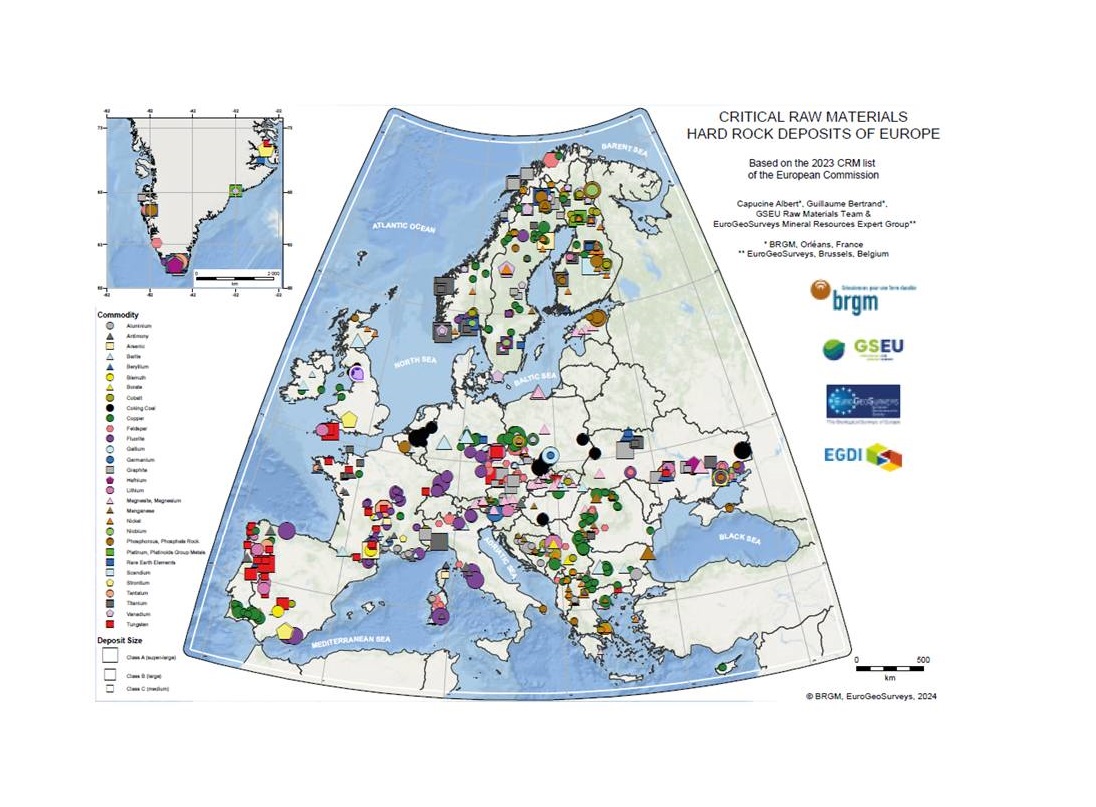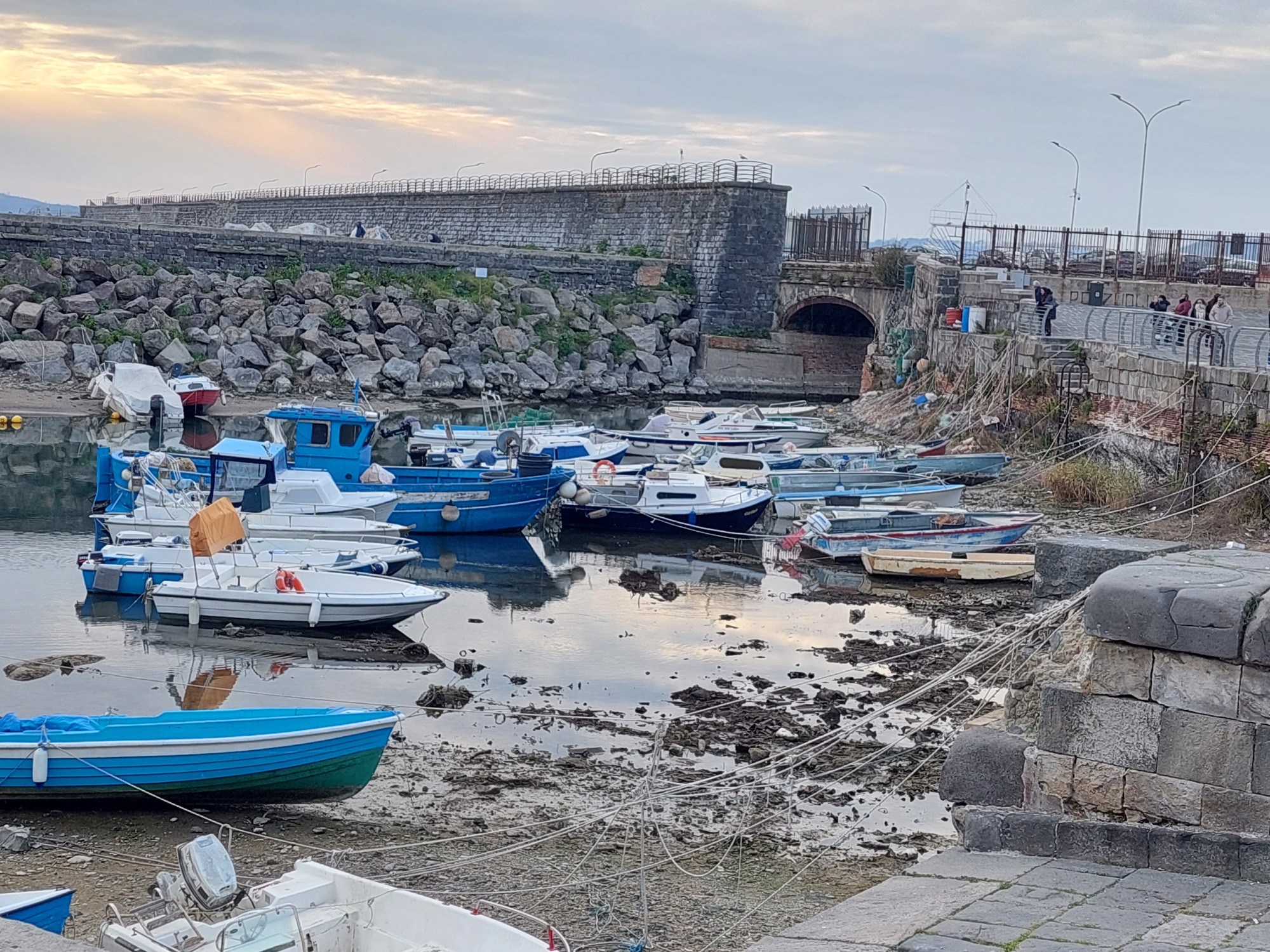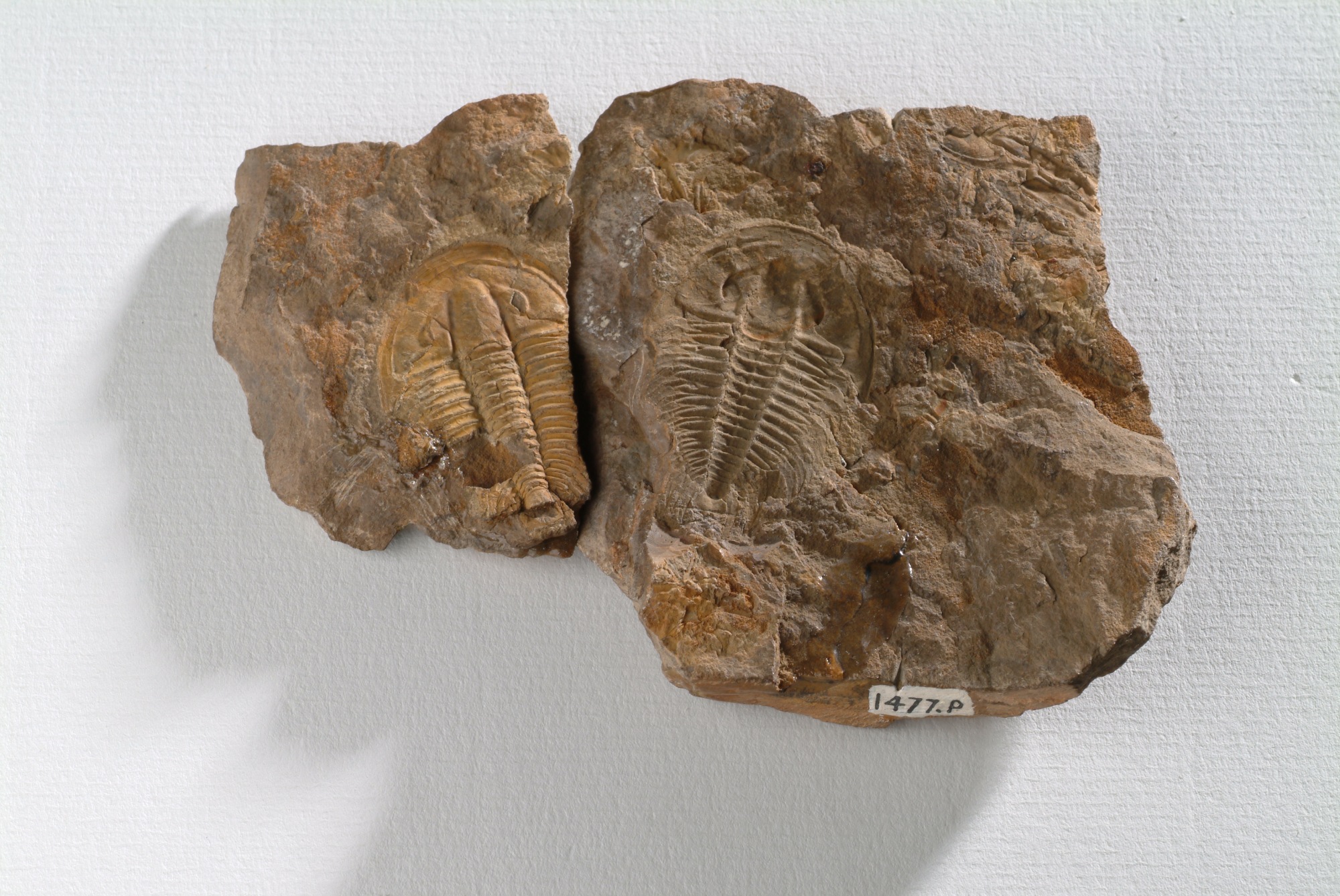La Magia dei Minerali: Essenziali, Invisibili, Indispensabili
Quando sentiamo la parola “minerali”, pensiamo subito agli integratori alimentari o a quegli affascinanti oggetti colorati e sfaccettati custoditi nelle teche di un museo di storia naturale.
 PORTALE DEL SERVIZIO GEOLOGICO D'ITALIA
PORTALE DEL SERVIZIO GEOLOGICO D'ITALIA 

